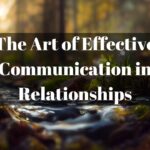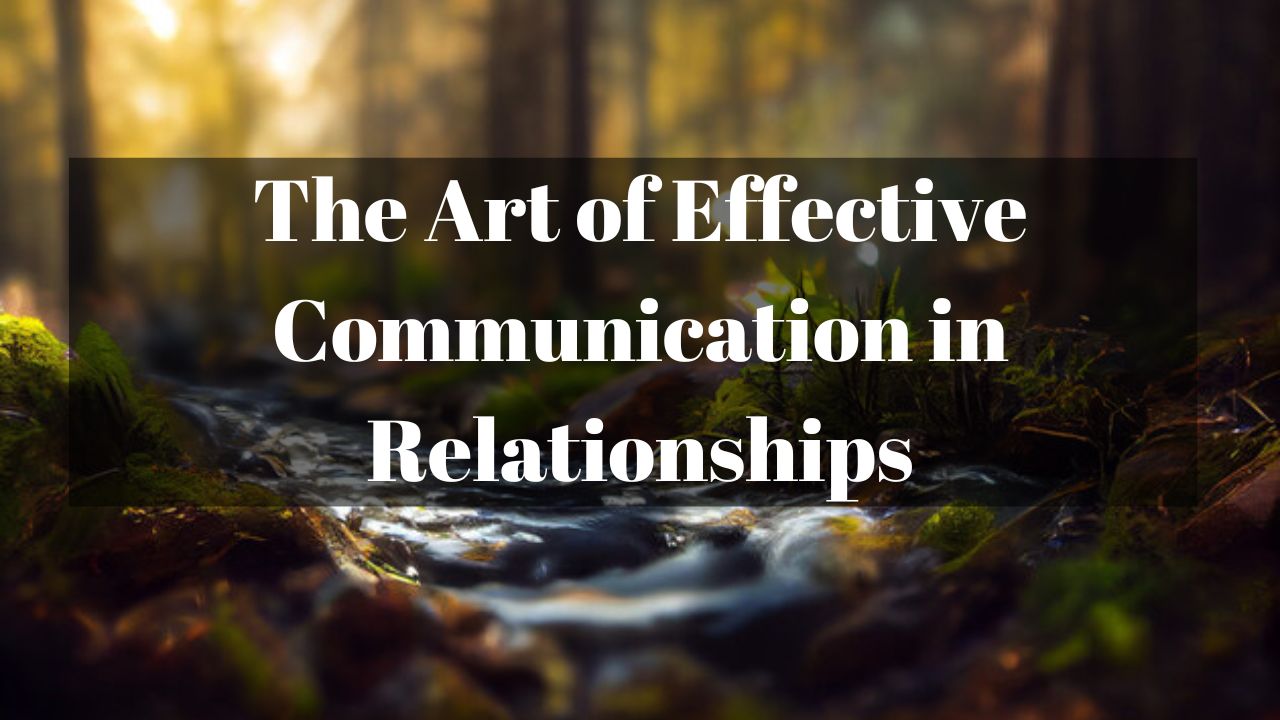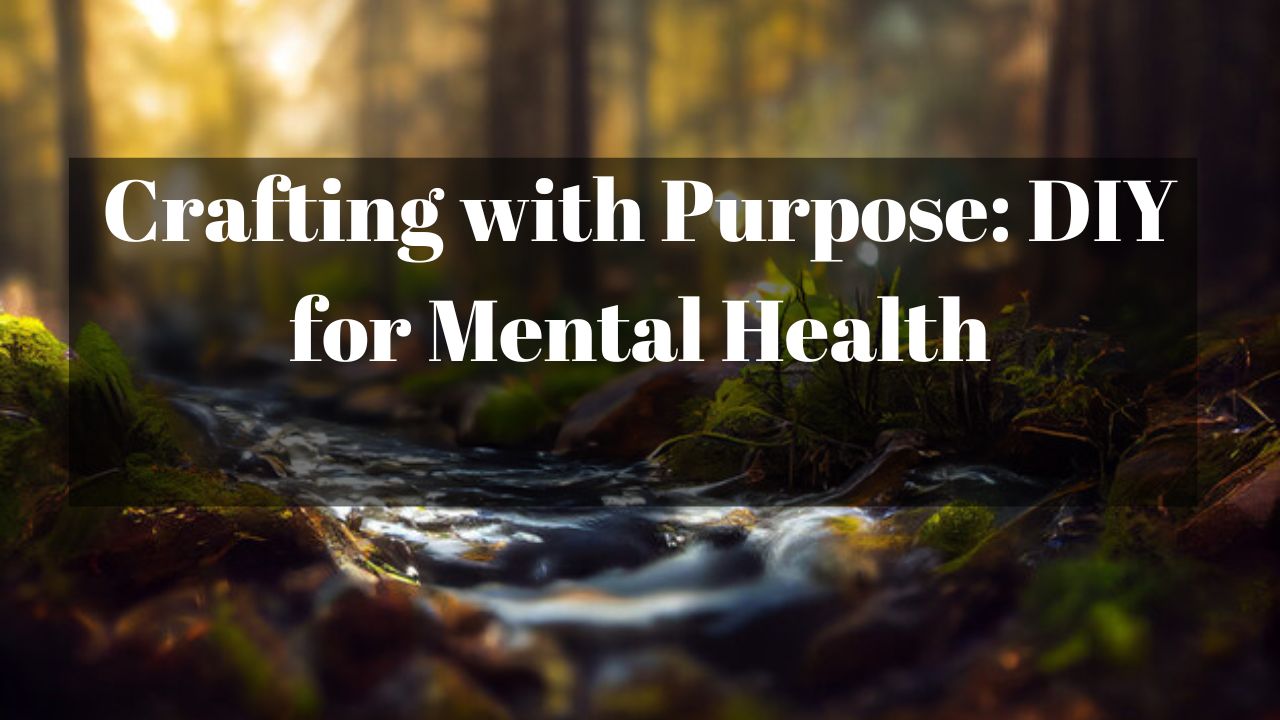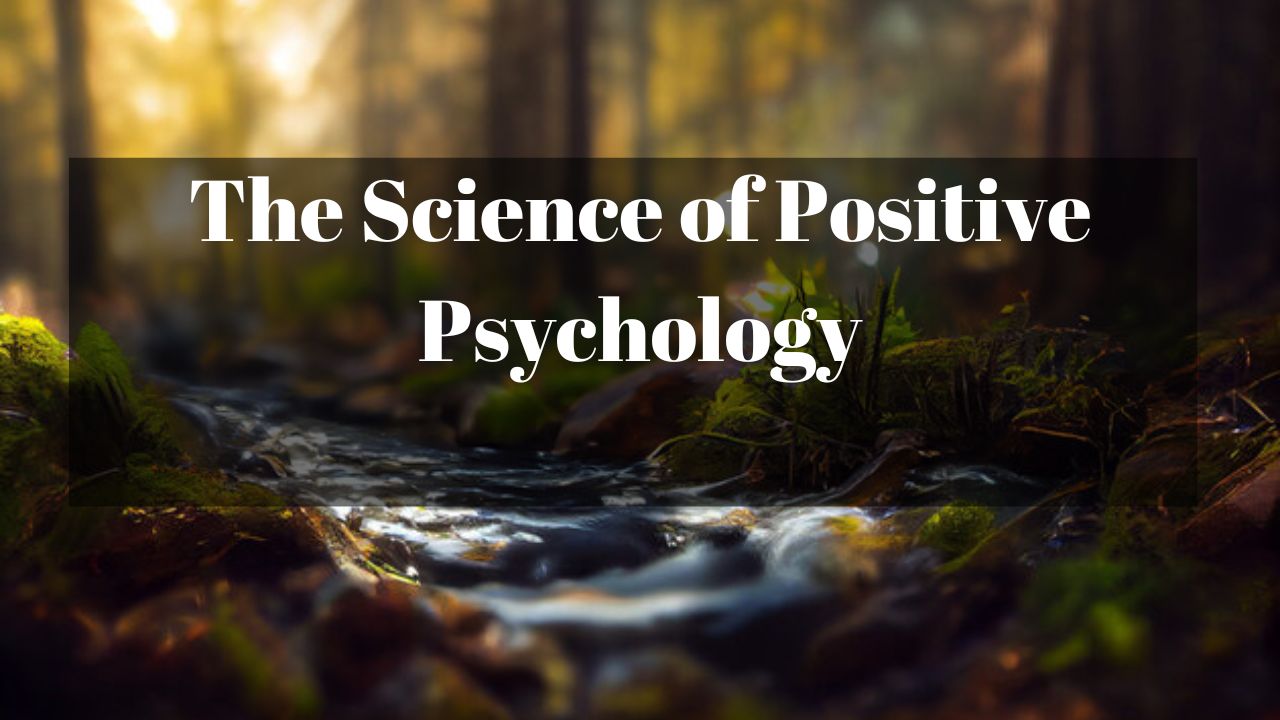The Art of Effective Communication in Relationships
Effective communication is the cornerstone of healthy and thriving relationships. Whether in romantic partnerships, friendships, or familial bonds, the ability to convey thoughts and emotions clearly and empathetically is vital. In this article, we’ll delve into the art of effective communication, exploring strategies to enhance connection, resolve conflicts, and foster deeper understanding in relationships.
Active Listening:
The foundation of effective communication is active listening. Too often, people are focused on formulating their response rather than truly understanding what the other person is saying. Practice active listening by giving your full attention, making eye contact, and providing verbal and non-verbal cues to show that you are engaged in the conversation.
Choose Your Words Wisely:
Words have the power to build bridges or create barriers. Be mindful of the language you use, opting for words that are constructive and supportive. Avoid accusatory language and instead express your feelings and concerns in a way that promotes understanding.
Expressing Feelings:
Open and honest expression of feelings is crucial for effective communication. Share your emotions using “I” statements to avoid sounding accusatory. For example, say, “I feel hurt when…” instead of “You always make me feel…”
Non-Verbal Communication:
Communication is not just about words; non-verbal cues play a significant role. Pay attention to body language, facial expressions, and gestures. Ensure that your non-verbal communication aligns with your spoken words to convey a consistent message.
Empathy:
Empathy is the ability to understand and share the feelings of another. Cultivate empathy in your relationships by actively putting yourself in the other person’s shoes. This helps build a connection and demonstrates that you value and respect their perspective.
Timing is Key:
Choose the right time and place for important conversations. Avoid discussing sensitive topics in the heat of the moment or in public settings. Setting the stage for open communication requires a conducive environment where both parties feel comfortable and focused.
Feedback and Validation:
Providing feedback and validation is a crucial aspect of effective communication. Acknowledge the other person’s thoughts and feelings, even if you don’t necessarily agree. Offering validation fosters a sense of being heard and respected.
Clarify and Summarize:
Misunderstandings often arise from assumptions or misinterpretations. Periodically clarify and summarize what you’ve heard to ensure that both parties are on the same page. This reduces the likelihood of communication breakdowns.
Conflict Resolution:
Conflicts are inevitable in any relationship, but how they are managed determines the health of the connection. Approach conflicts with a problem-solving mindset rather than seeking to assign blame. Focus on finding mutually beneficial solutions and compromises.
Learn and Grow Together:
Communication is an evolving skill. Regularly assess and discuss your communication dynamics with your partner or loved ones. Understand that people change, and adapting your communication style to accommodate growth is key to sustaining healthy relationships.
Seek Professional Help When Needed:
If communication challenges persist or become particularly challenging, seeking the assistance of a relationship counselor or therapist can provide valuable insights and tools. Professional guidance can help couples or individuals navigate communication roadblocks and strengthen their connections.
Celebrate Achievements and Milestones:
Take the time to acknowledge and celebrate communication achievements. Whether it’s successfully navigating a difficult conversation or implementing a new communication strategy, recognizing progress reinforces positive habits and encourages continued growth.
Conclusion:
The art of effective communication is an ongoing journey that requires commitment, self-awareness, and a genuine desire to connect with others. By incorporating active listening, empathetic understanding, and clear expression of feelings, individuals can build and maintain strong, resilient relationships.
Remember that effective communication is a skill that can be honed and refined over time, contributing to the growth and flourishing of the connections that matter most. Embrace the art of communication, and watch as your relationships transform into harmonious, understanding partnerships where bridges are built, not barriers.











